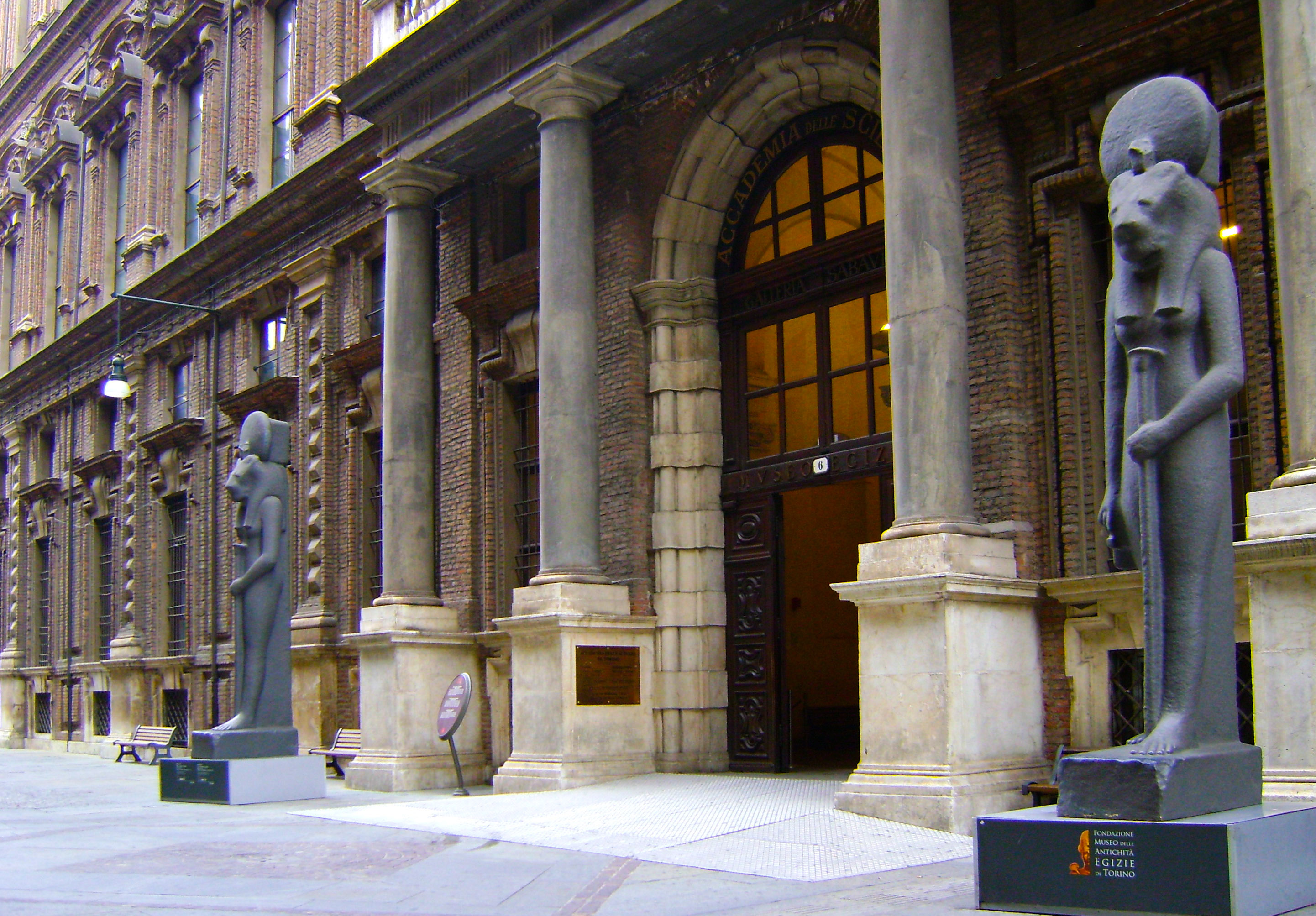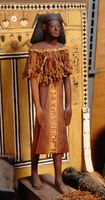
Museo Egizio
The Museo Egizio (Italian pronunciation: [muˈzɛːo eˈdʒittsjo]) or Egyptian Museum is an archaeological museum in Turin, Italy, specializing in Egyptian archaeology and anthropology. It houses one of the largest collections of Egyptian antiquities, with more than 30,000 artifacts, and is considered the second most important Egyptological collection in the world, after the Egyptian Museum of Cairo.[1][2] In 2019, it received 853,320 visitors, making it one of the most visited museums in Italy.[3]
This article is about the museum in Turin. For the museum in Milan, see Egyptian Museum (Milan).
Former name
Regio Museo di Antichità ed Egizio
1824
Egyptian art and artifacts
853,320 (2019)
Christian Greco
Multaka network[edit]
In 2029, the museum joined six similar museums in Germany, the United Kingdom, Greece and Switzerland, creating the international Multaka network. This intercultural museum project organizes guided tours for refugees and migrants designed and offered for free by specially trained Arabic-speaking Multaka guides. The visitor-centered discussions with migrants in their language are focused on the historical origin and history of acquisition of cultural objects, including the visitors' own understanding of their country's cultural heritage.[6]
There are more than 37,000 items in the museum, covering a period from the Paleolithic to the Coptic era. The most important are:
The Egyptian Museum owns three different versions of the Egyptian Book of the Dead, including the most ancient copy known. An integral illustrated version and the personal copy of the architect Kha, found by Schiaparelli in 1906, are normally shown to the public.









